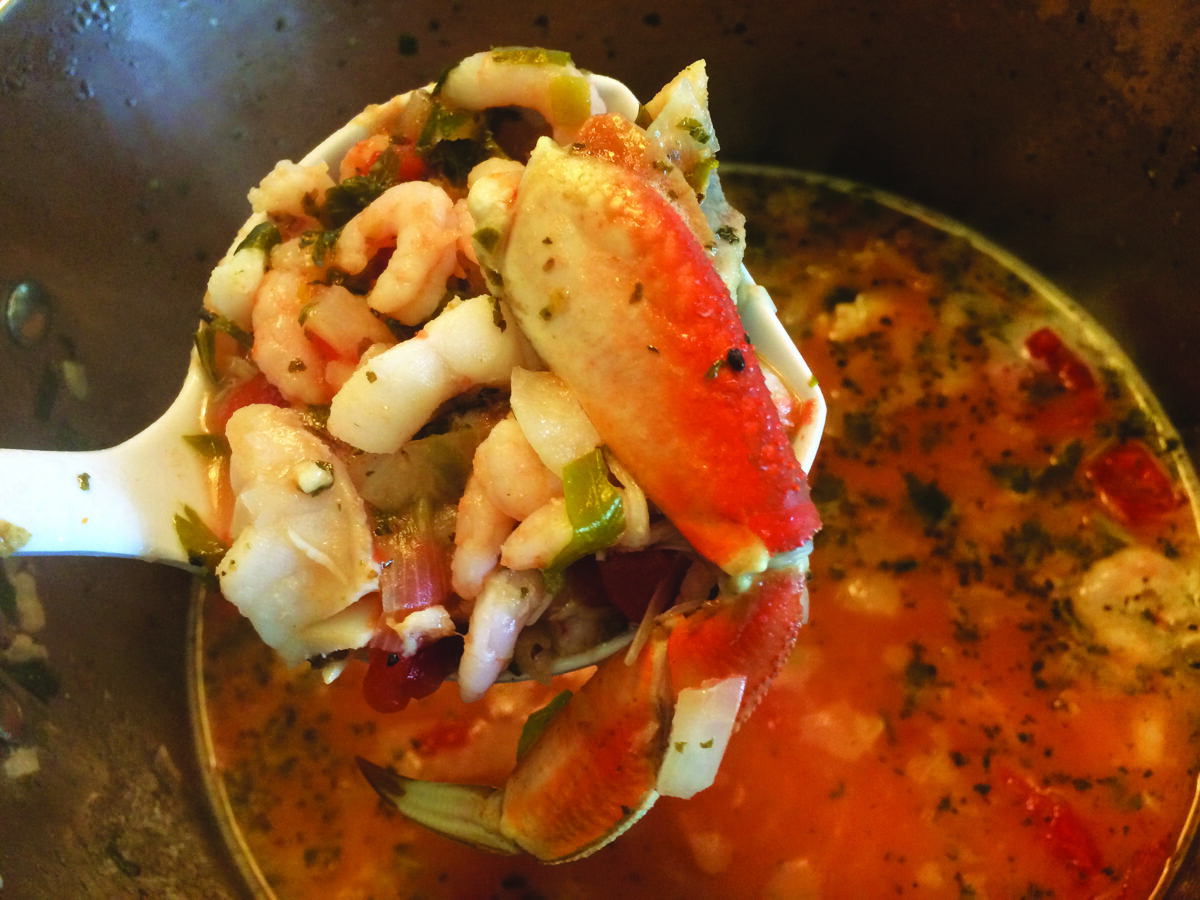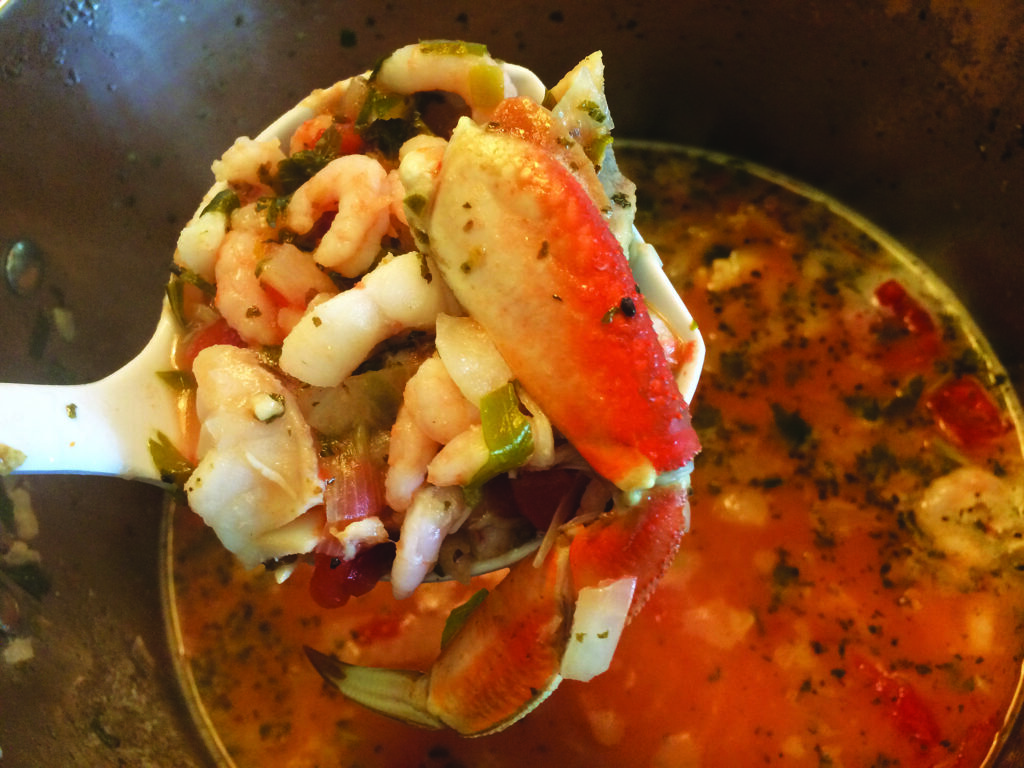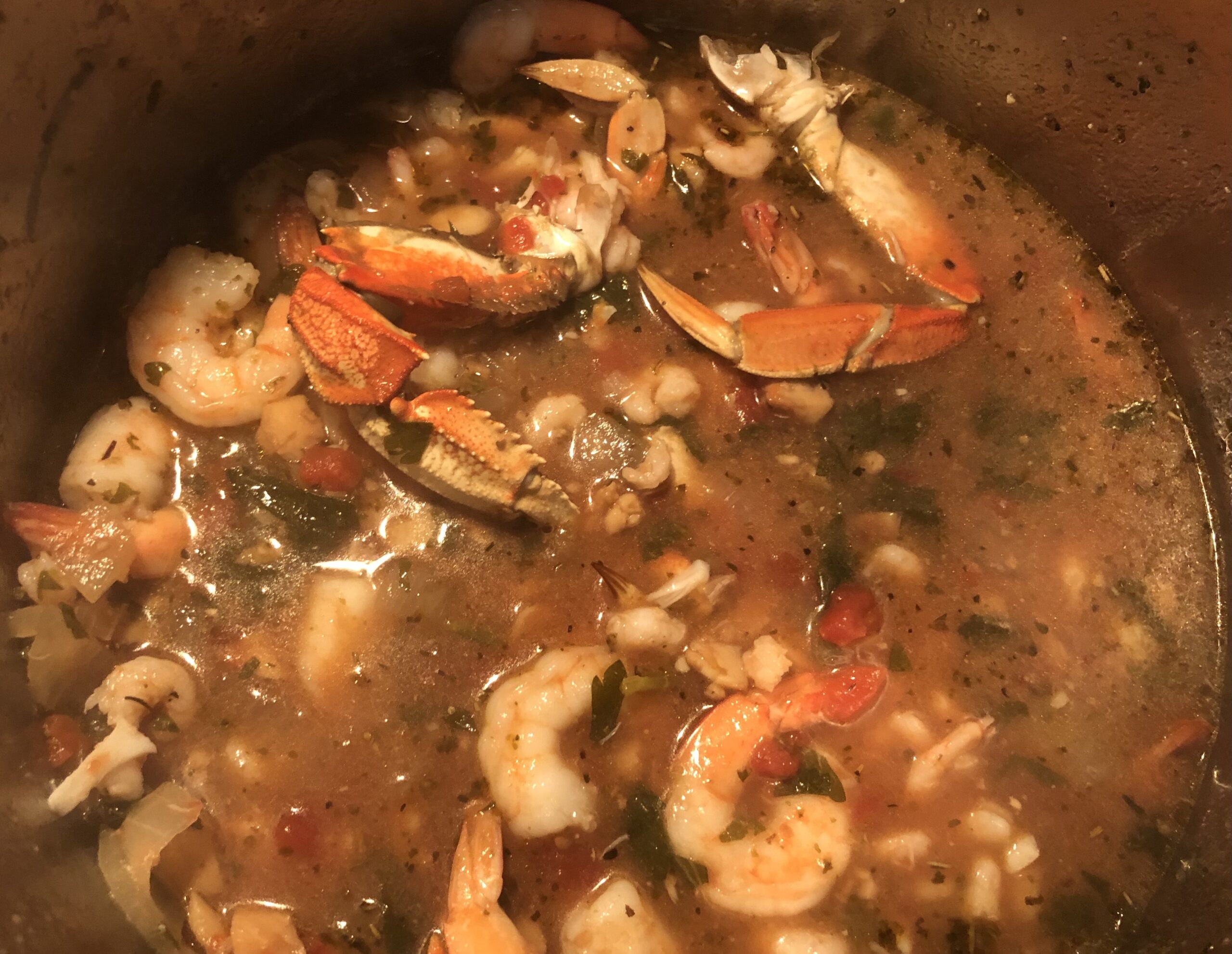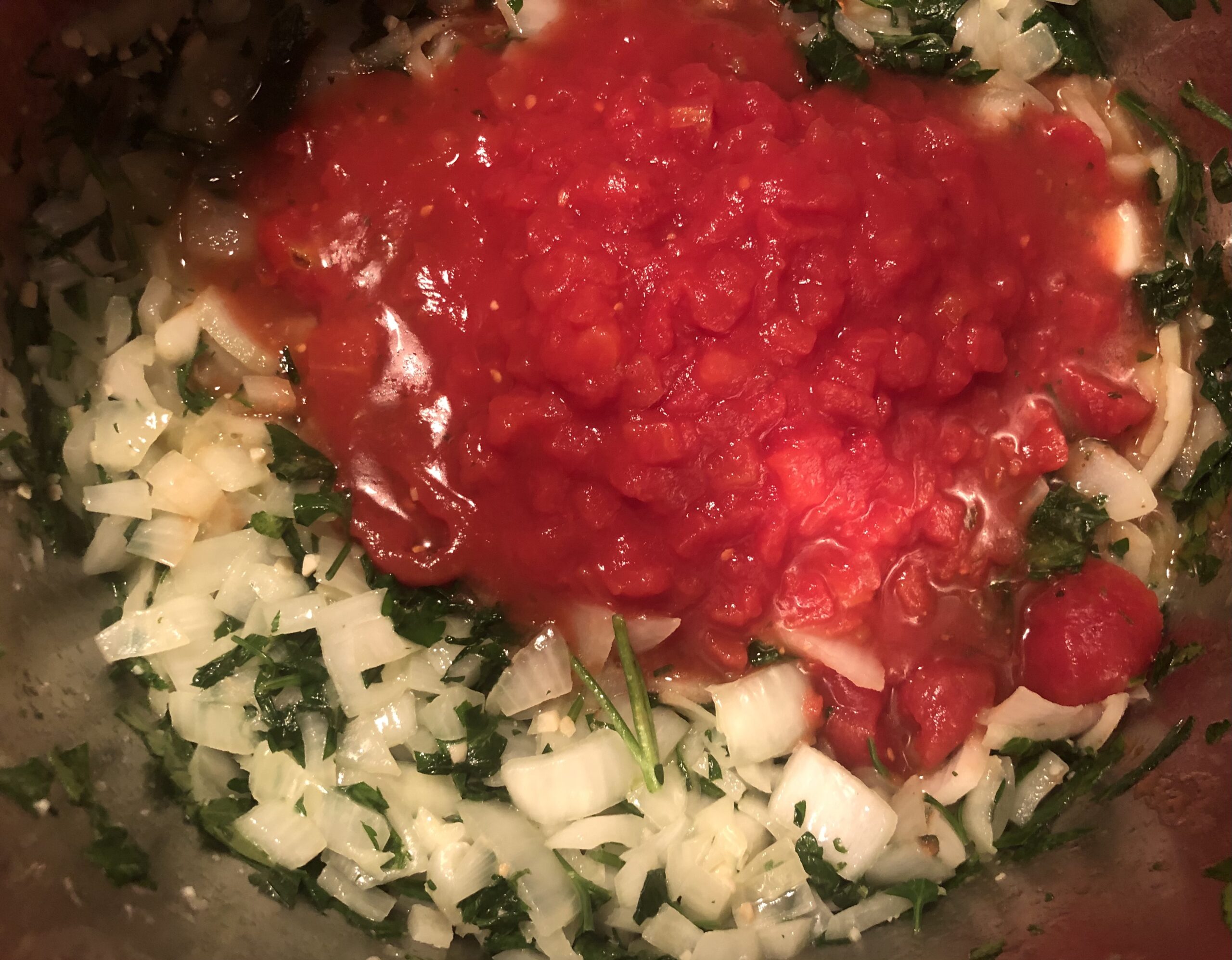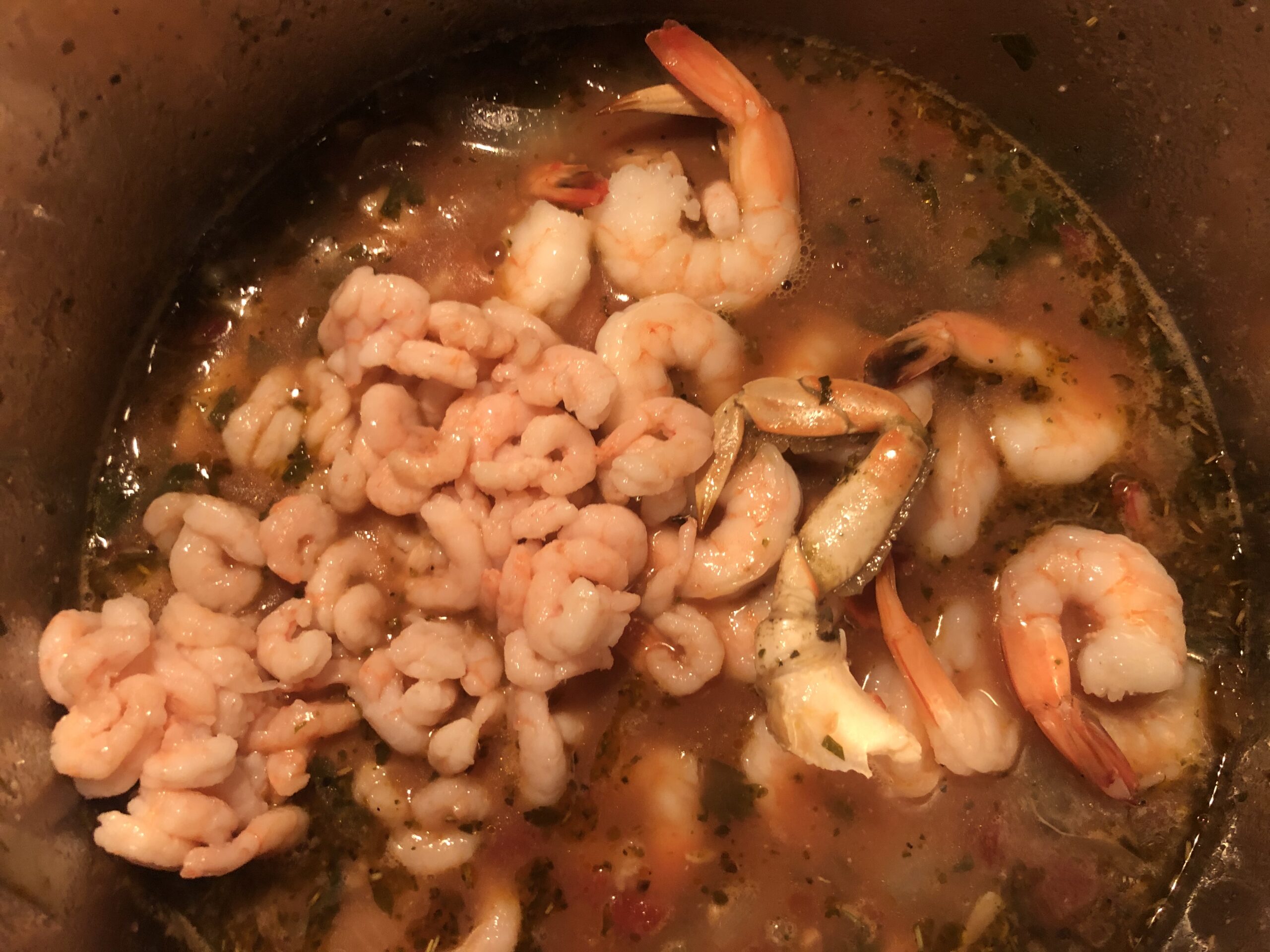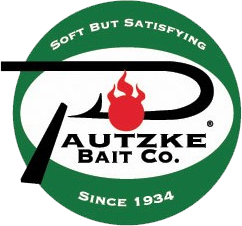The daily bag limit for rockfish on the Oregon Coast will increase to six fish a day in 2021, in addition to the two-fish lingcod limit. Anglers will also once again be allowed to keep a limited number of China, copper and quillback rockfish.
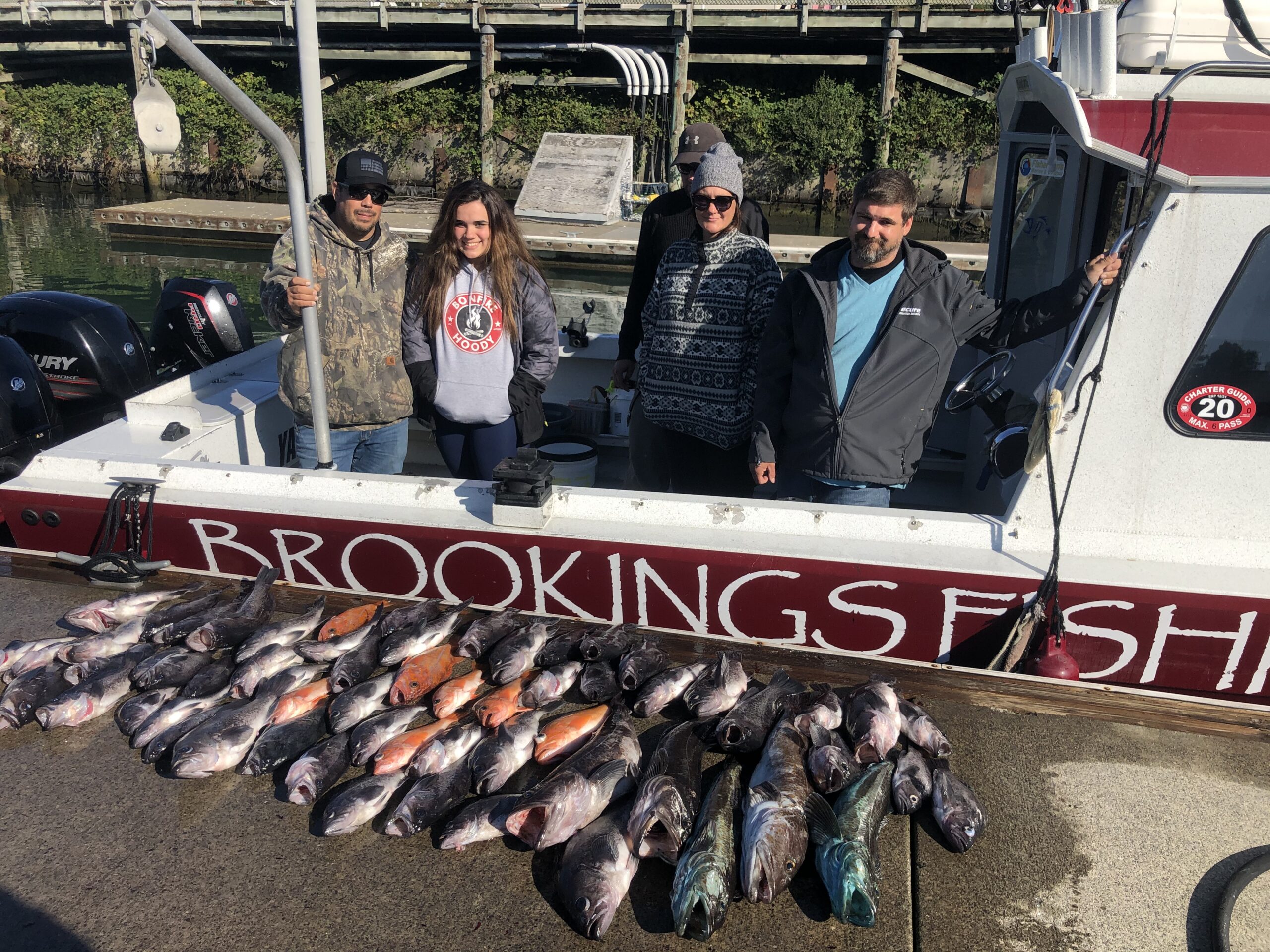
The Oregon Fish and Wildlife Commission approved the 2021 rockfish and lingcod limits during its December meeting. Halibut and salmon regulations will be set in the spring. The forecast for rockfish and lingcod fishing is good in 2021.
The limit for rockfish increases from five to six a day. Oregon anglers can keep any combination of black, blue, canary, yellowtail and vermilion rockfish has part of that limit, and have a sub-bag-limit of one China, copper or quillback rockfish. Anglers also can have one cabezon as part of the rockfish limiting beginning July 1.
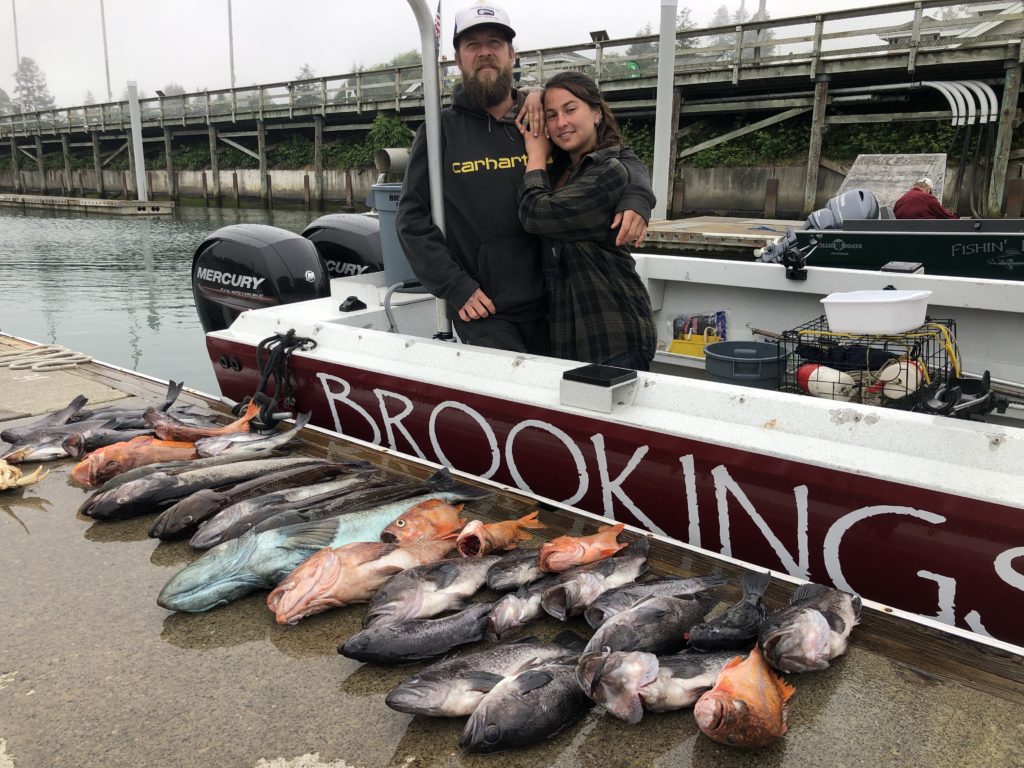
Brookings Fishing Charters Capt. Andy Martin said the increase in the limit is good new for both charter customers and private boaters. In 2020, catches were lighter than expected because of COVID restrictions, so the rockfish limit was temporarily increased to seven a day in late July. In 2021, the six-fish limit will begin on Jan. 1.
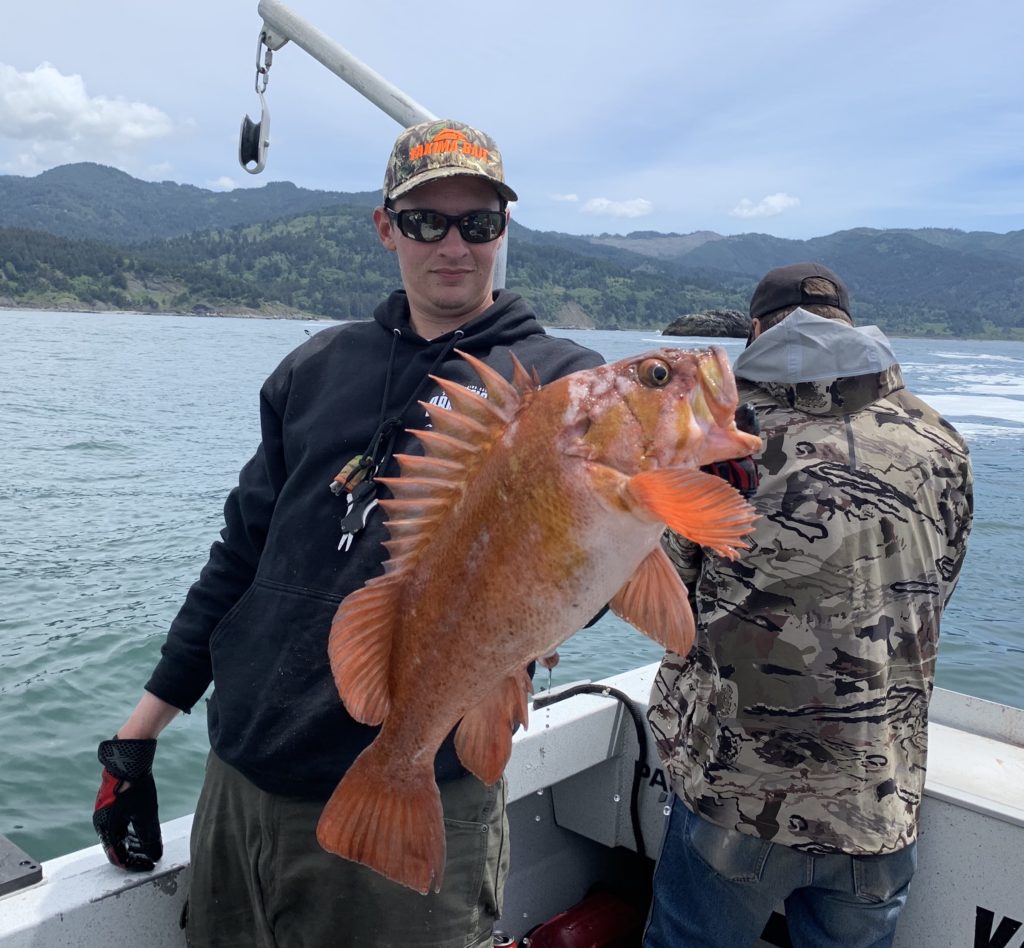
“The sub bag limit for coppers and quillbacks is especially good news since we catch a lot of them during our Point St. George Reef Lighthouse trips,” Martin said. “This summer and fall, we had to throw back a lot of bigger quillback and coppers.”

The lingcod limit remains two lings a day at least 22 inches long.
Unlike California, Oregon’s rockfish and lingcod season is open year round. The six-fish rockfish limit will allow anglers to enjoy the fishery 12 months a year without going over the federally approved rockfish allocations, according to ODFW.
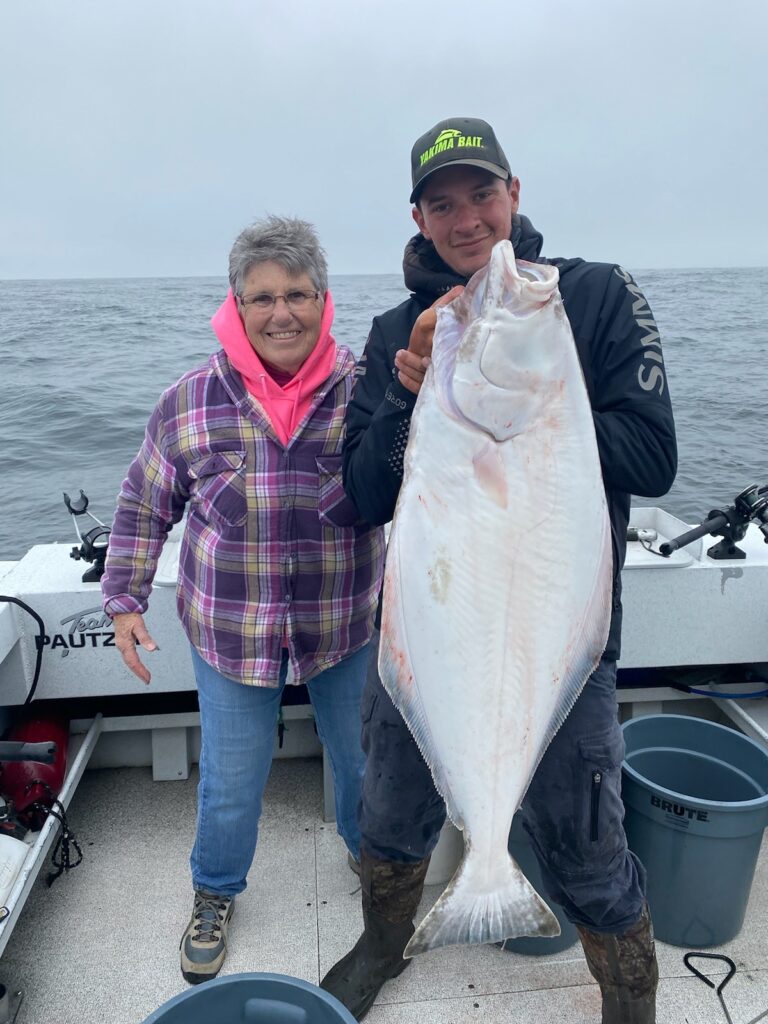
Sport halibut regulations will be adopted in April, and Oregon is once again looking at a May 1-Oct. 31 season south of Humbug Mountain, which is located between Port Orford and Gold Beach. The season likely will be open seven days a week with a one-fish daily limit for Pacific halibut.

Most years, salmon season runs May-early September out of Brookings. The seasons are set by the federal Pacific Fishery Management Council. Good ocean conditions and healthy ocean salmon populations could lead to a summer-long season in Oregon with a two-fish limit. Big returns of coho salmon to the Columbia River this year also have anglers optimistic about an ocean coho, or silver salmon, season off of Brookings.
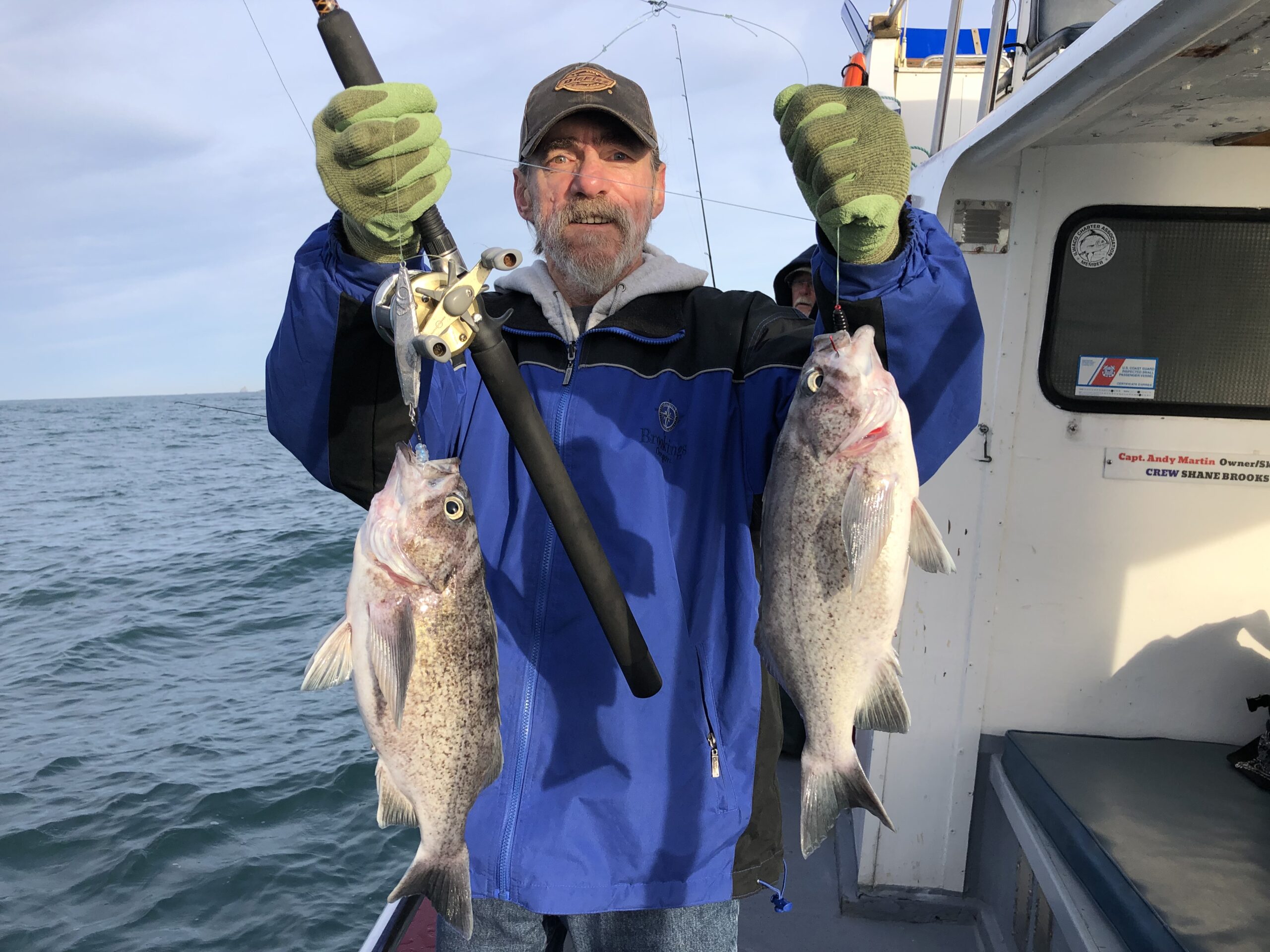
Brookings Fishing Charters runs ocean charters year round aboard the Miss Brooke, Nauti-Lady, Papa B, The Dash and Bout Time, when the weather allows. The charter boat captains are also river guides and run drift boat salmon and steelhead trips on the Chetco and Smith rivers during the fall and winter months if the ocean is too rough to fish.
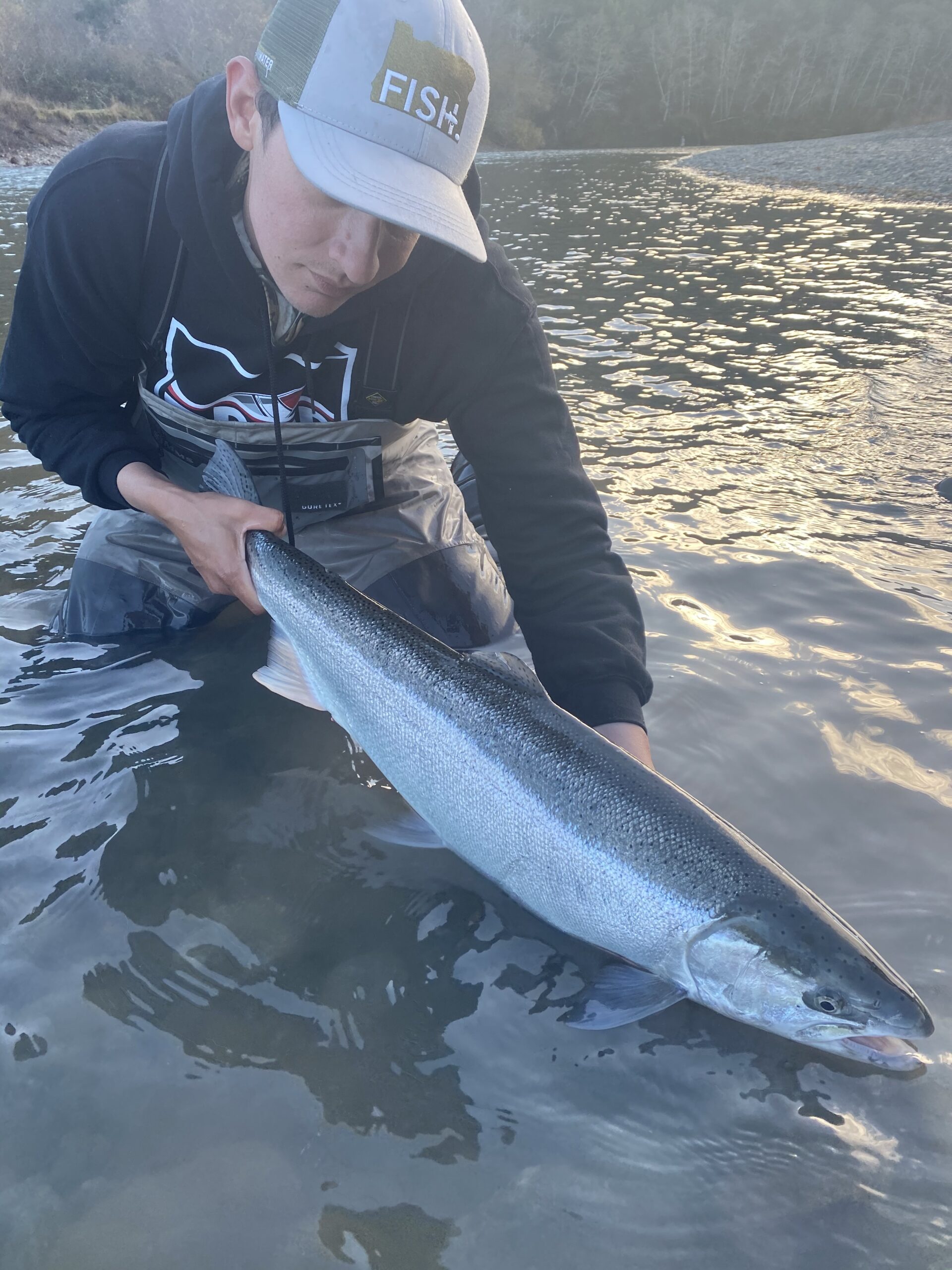
The ocean out of Brookings has been rough in recent weeks, although the Nauti-Lady was able to get one trip in before the latest series of storms arrived. Steelhead also are being caught on the Chetco River, with the peak season arriving in January and Febraury.


To book a trip, call (541) 813-1082 or visit www.brookingsfishing.com.

